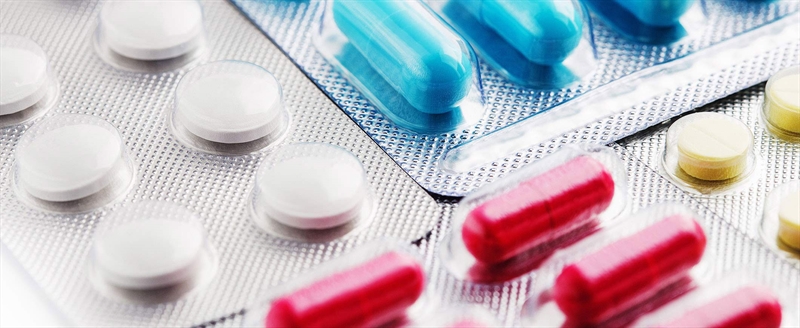The medical sciences and engineering field is the third largest claimer of the Canadian Government’s Scientific Research and Experimental Development (SR&ED) program’s investment tax credits. If your Canadian organization is revolutionizing health by improving clinical workflows and diagnostics to give better outcomes to patients, then it’s likely you are eligible for the CRA’s SR&ED program.
Is my company’s R&D activity eligible for SR&ED?
We have some tools that will give you an indication about whether your research activities are eligible for the SR&ED program.
Check my pharmaceutical company’s development activity.
Check my Canadian company’s medical device R&D.
Is your healthcare company improving outcomes for Canadians?
Advances in healthcare technology give tangible benefits to patients and the medics who care for them. It’s not just about life-changing meds developed by multi-national pharmaceutical companies. Innovations by smaller Canadian healthcare organizations are also changing the world.
Whether it’s an exoskeleton to give independence to people living with joint pain; a cheaper, more accessible diagnostic test; or an AI-enhancement for a clinical workflow, innovation in health tech is changing the world for the better.
The advantage of claiming SR&ED tax credits
Canadian healthcare and medical device companies carrying out R&D benefit from the tax relief program SR&ED. Successful applicants to the SR&ED program will get tax credits that they can set against their tax bill for the fiscal year just ended, or carried back up to three years, or carried forward for up to 20 years. Some of these investment tax credits (ITCs) can be refunded in cash.
Canadian-Controlled Private Corporations (CCPCs) may receive refundable ITCs as cash-back, even if there is no tax payable.
Larger/public corporations usually receive non-refundable ITCs.
Find out how a Toronto-based biotech company benefited from the SR&ED program with this CRA case study.
What could a reduced tax liability do for your organization?
Organizations receiving SR&ED tax credits can get their healthcare innovations working sooner to help patients in the real world. By reducing tax liability, they free up capital which gives them the financial freedom to innovate further and refine their medical devices.
How much could my medical company claim for R&D?
The amount of tax credit you’ll receive from the Canadian Government will depend on the research and development work your company is doing. We have an SR&ED calculator to help you estimate how much you might gain from this valuable benefit.
SR&ED gives an edge to small and medium enterprises
The vast majority of successful claimants in the SR&ED program are small or medium businesses – including those that develop and manufacture medical devices. 64% have a turnover of less than $4million; 21% have a turnover of between $4million and $20million; 12% have a turnover of between $20million and $250million.
What does an SR&ED claim involve?
An SR&ED claim is made alongside the annual tax return. It consists of a description of the healthcare research your organization is doing; and a list of expenditures. You will also need to support your claim with evidence and documentation.
The SR&ED program has strict deadlines – if you miss the submission dates, you may not be able to reapply.
Getting help with your SR&ED claim
Using a specialist SR&ED claims service will give you access to expertise and experience that will maximize your tax credit and ensure you meet the application deadline.

Supporting business that contribute to the world through R&D